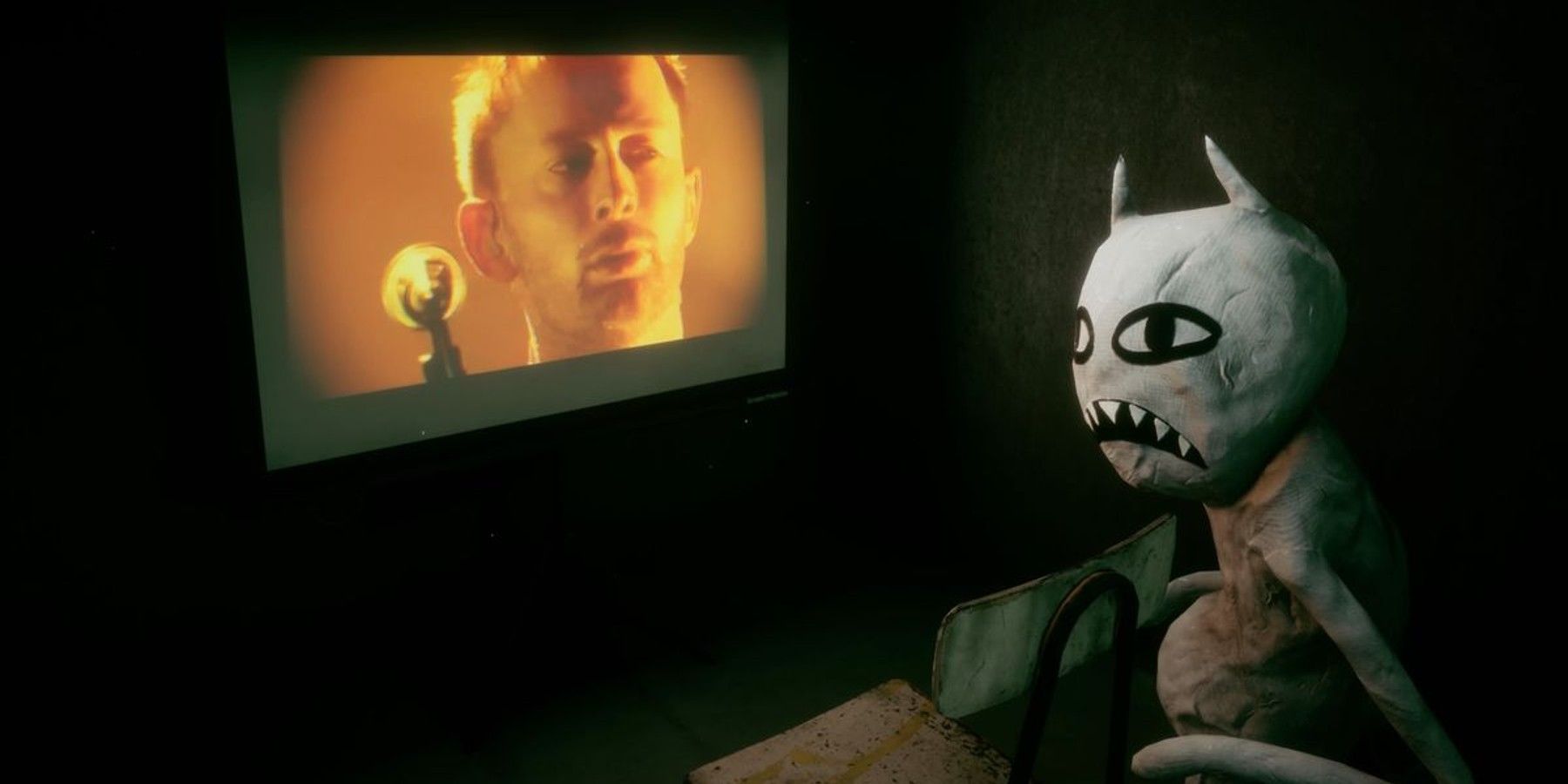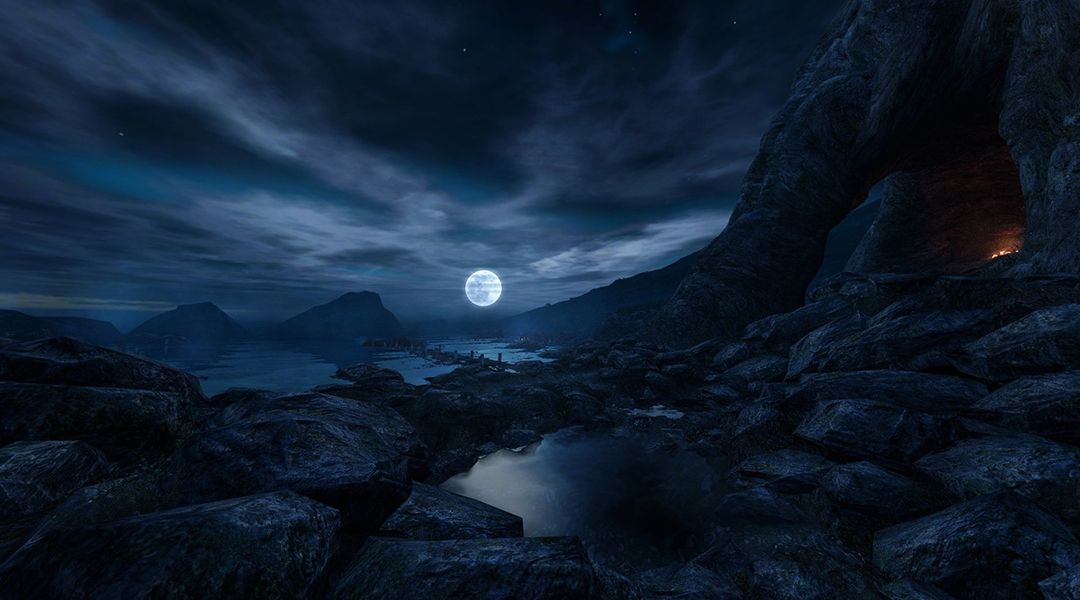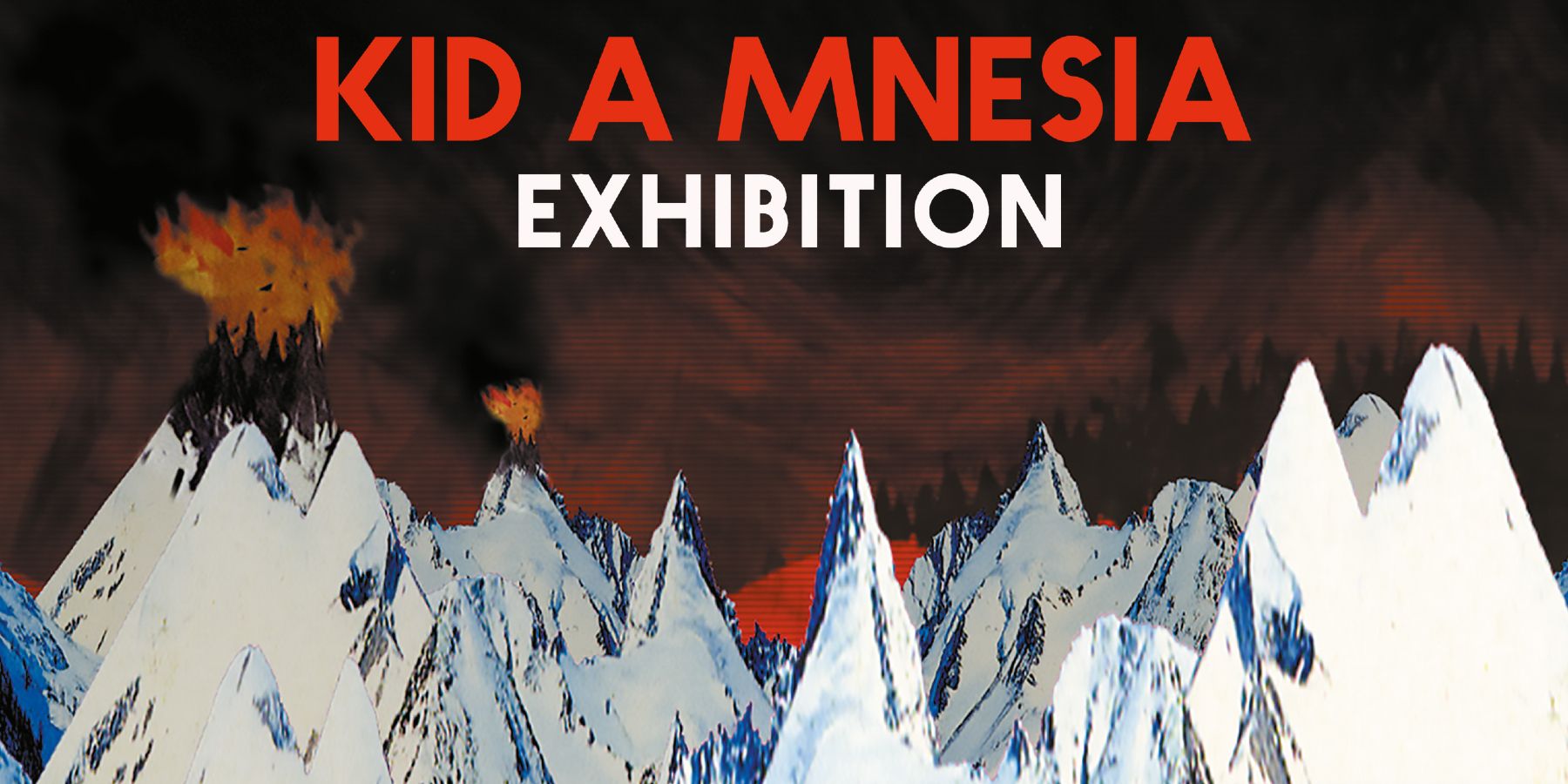Radiohead are regarded as one of the greatest bands of all time after a career of genre-redefining albums, infusing incendiary rock and experimental electronica with the anxiety and paranoia of the modern world. Two decades after the release of seminal albums Kid A and Amnesiac, they have reinvented their twin masterpieces in the shape of Kid A Mnesia Exhibition, a disturbing modern art installation that doesn’t require you to leave your armchair.
The walking simulator genre is still in its infancy, but ever since Dear Esther stunned players with its deeply moving storyline and minimalist gameplay in 2012, developers have begun to realize that games have the potential to be more than just their gameplay mechanics, focusing instead upon their story or setting or mood. Now, with Kid A Mnesia Exhibition, Radiohead’s collaboration with developers Namethemachine and Arbitrarily Good Productions seeks to reinvent the walking simulator genre once again.
How Walking Simulators Became a Thing
The term “walking simulator” was first coined in the late 2000s, and was intended as a pejorative term for artistic games that featured little or no challenging gameplay, and instead focused on exploration. Sadly for the old-fashioned purists who invented the phrase, it has now been embraced by developers and fans to the extent that it has become an entirely new genre.
Video games provide a unique storytelling medium, and an opportunity to create truly interactive works of art. Games like Gone Home feature very limited gameplay features, but the brilliant script and moving story have ensured that the title was showered with praise and positive reviews. What Remains Of Edith Finch is another often-cited example of the best that the walking sim genre has to offer, once again blending first-person exploration with a perfectly paced narrative.
The game is also known for being very moving, a quality it shares with Dear Esther and numerous other genre staples. That Dragon, Cancer is a heart-wrenching title based on the true story of Joel Green, a young boy who tragically lost his battle with the disease. Other games like Everybody’s Gone To The Rapture successfully tugged on players’ heartstrings, partly through the use of the fantastic and emotive musical score composed by Jessica Curry.
Other walking sims have introduced light puzzle solving and other mechanics to enhance the overall gameplay experience, without sacrificing the impactful story at their core. Journey is a renowned example of this approach, and earned multiple game of the year awards following its 2012 release. The Witness, meanwhile, combined a relaxing 3D walking sim feel with fiendishly intricate maze-based puzzles.
However, walking sims have on occasion been criticized for removing peril from the gaming equation, a flawed argument given that there is no rulebook stating that gaming protagonists must be able to die. Nonetheless, some games have tried to tackle this by introducing elements of danger into their largely exploration-based mechanics, with mixed results.
Bloober Team’s Observer presents a compelling cyberpunk narrative, but received criticism from some reviewers for shoehorning in a late-game stealth sequence, whose fail state broke the title’s otherwise excellent immersion and world building. SOMA, on the other hand, was praised for delivering both a frightening survival horror stealth game and a disturbing and original story.
Radiohead’s Kid A Mnesia Exhibition is a Work of Disturbing Genius
Other walking sims focus less on the story aspect and more on being holistic experiences, such as Giant Squid Studios’ swimming game Abzu. It is in this more experiential camp that Radiohead’s imaginative new “game” undoubtedly resides. Kid A Mnesia Exhibition leads players through an abstract series of unsettling, interconnected chambers, ranging from a circular chasm through which players float alongside ghosts to a room lined with flickering televisions, while hauntingly remixed and stripped-down strains of the band’s influential music soundtracks their tour.
Further adding to the game’s disconcerting nature is the fact that the player shares the space with creepy humanoid monstrosities which, like the “exhibits” themselves, are all based on the iconic artwork of Stanley Donwood that accompanied the original albums. The experience is like attending a modern art gallery alongside a load of rabid teddy bears, grinning stick men, and sad-faced monsters.
However, there are no combat mechanics or other “gameplay” aspects associated with these encounters. Players cannot die, and if they block the path of one of these creatures, they will often be greeted with a disturbing smile as the figure waits patiently for them to move out of the way. The game features a surprising amount of variety in terms of these beings, with some of them sporting painful-looking limps while others busily undertake repairs to the surrounding structures. The space definitely feels alive, and also strangely believable, despite the surreality of its denizens and displays.
Indeed, the experience was originally conceived as a real-life physical art installation, intended to tour the world, but has been ingeniously reimagined as a video game thanks to ongoing COVID-19 concerns. The innovative release opens up new possibilities not just for how we might listen to music in the future, but also how art might be enjoyed in a post-pandemic world. Ultimately, though, Kid A Mnesia is a perfect example of what Radiohead have been doing for the last three decades: taking a popular medium, and experimenting with it.
Kid A Mnesia Exhibition is available now for Mac, PC, and PS5.



